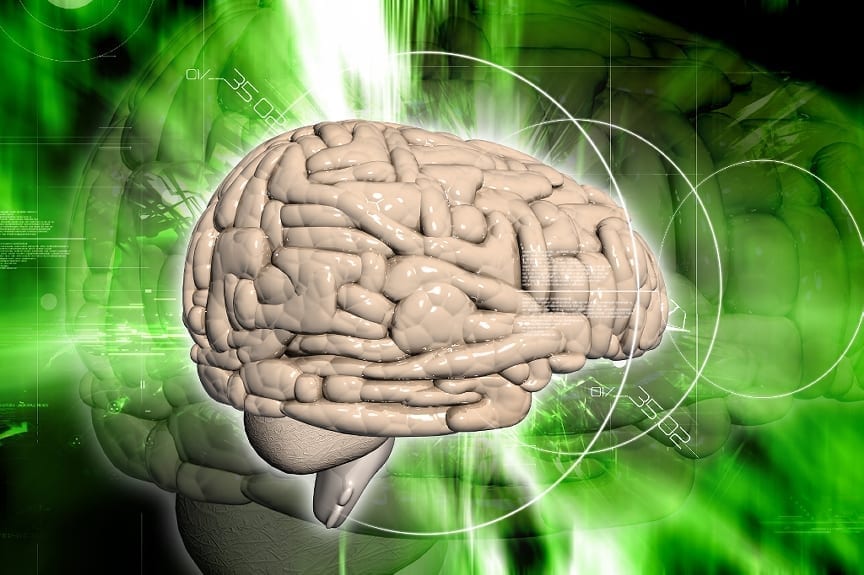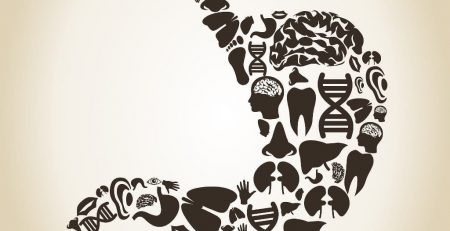Oldest human brain matter discovered
It was recently uncovered that an archeological site in Norway had been accommodating an 8,000-year-old skull remnant. Though it hasn’t been confirmed, It is possible that it could have belonged to a human child. It also could’ve come from an animal. Researchers discovered gray, clay-like material within the skull and believe it may be traces of maintained brain matter. If this discovery is proved as human, then it would be one of the oldest human brains that have been recovered. The dig team was led by Gaute Reitan, who talked about the basic discoveries with Norwegian Broadcasting (NRK)
The skull’s initial testing claimed it dated back to about 5900 BCE.In order to identify the species of the skull found at the Stokke site, Reitan’s crew has turned for help from paleoanthropologists. The crew have plans to build a convention center over the land after they’ve been exploring the site for two months. An insight on the way life was in Norway back in the late portion of the Stone Age will be revealed by the information gathered. “It’s seldom enough that we get to dig in a camp from a portion of the Stone Age that we really don’t know much about,” Reitan told NRK. “But the fact that we’re uncovering a whole lot of things that are exceptional on a national basis, makes this very special.”
Bone fragments have already been identified by the crew, but they need help recognizing what part of the body they are and what species they are from. Reitan described one of the discoveries as “once in a career” because they are a collection of the oldest non-burned bones ever discovered in Norway. Scientist could reveal what type of diseases were present during that time, if the brain matter was preserved. In Western Turkey, the oldest preserved brain, which marked 4,000 years old, is the current record-holder. The tectonic activity is possibly the reason why four burnt human skeletons were discovered buried in sediment. Oxygen was drained from around the bodies and bodily fluids were boiling because of a possible fire that spread throughout the area. It helped preserve the brain because it stopped the enzymes within the brain from breaking down the tissue.














